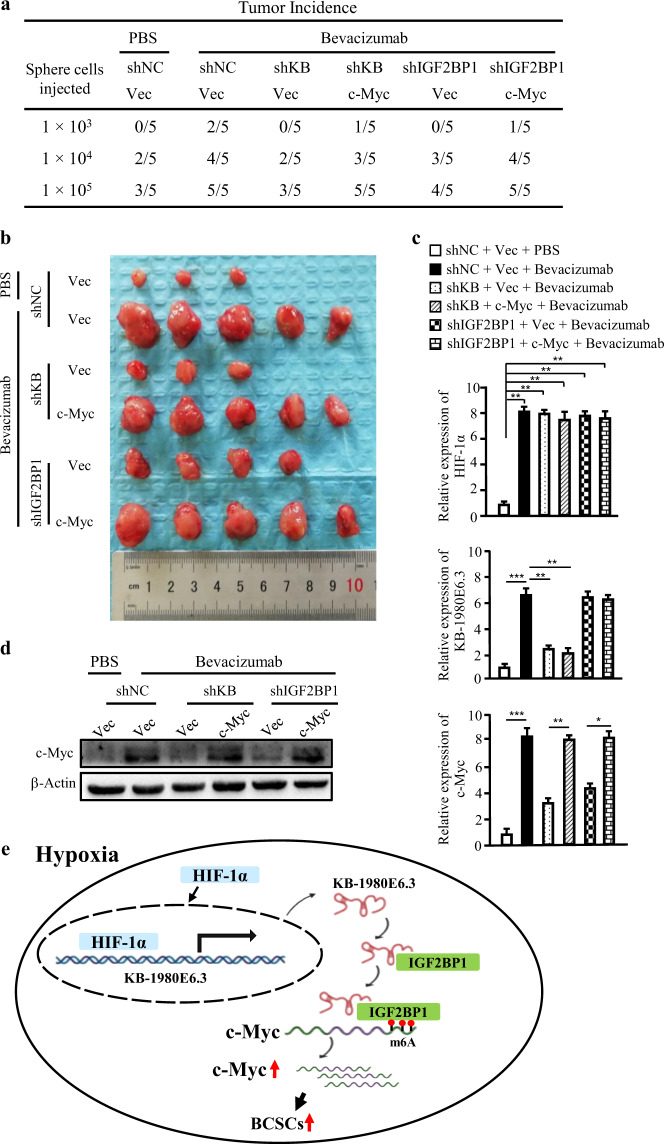Fig. 8. LncRNA KB-1980E6.3-mediated c-Myc stability is essential for tumorigenesis of BCSCs in vivo.
The indicated sphere cells (1 × 105, 1 × 104 and 1 × 103) derived from engineered Hs578T including Hs578T/shKB/vector, Hs578T/shKB/c-Myc, Hs578T/shIGF2BP1/vector, Hs578T/shIGF2BP1/c-Myc, and Hs578T/shNC/vector control cells were injected into nude mice, and mice were administrated with bevacizumab at 10 mg/kg or vehicle (PBS). a Tumor incidence in each treatment group. b Representative images of tumors in nude mice injected with 1 × 105 sphere cells derived from engineering breast cancer cells described above. c Expression levels of HIF-1α, lncRNA KB-1980E6.3, and c-Myc in mouse xenograft tumors were detected by qRT-PCR. d c-Myc proteins in mouse xenograft tumor tissues were detected by western blotting. e Schematic diagram showing that HIF-1α induces lncRNA KB-1980E6.3 to recruit IGF2BP1 to form lncRNA KB-1980E6.3/IGF2BP1 complex, which in turn recognizes m6A-modified c-Myc CRD mRNA and enhances c-Myc mRNA stability and eventually maintain BCSCs stemness and tumor progression under a hypoxic tumor microenvironment. Data are shown as mean ± SD of three independent experiments (*P < 0.05; **P < 0.01; ***P < 0.001).

